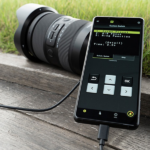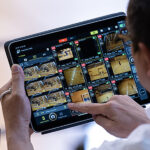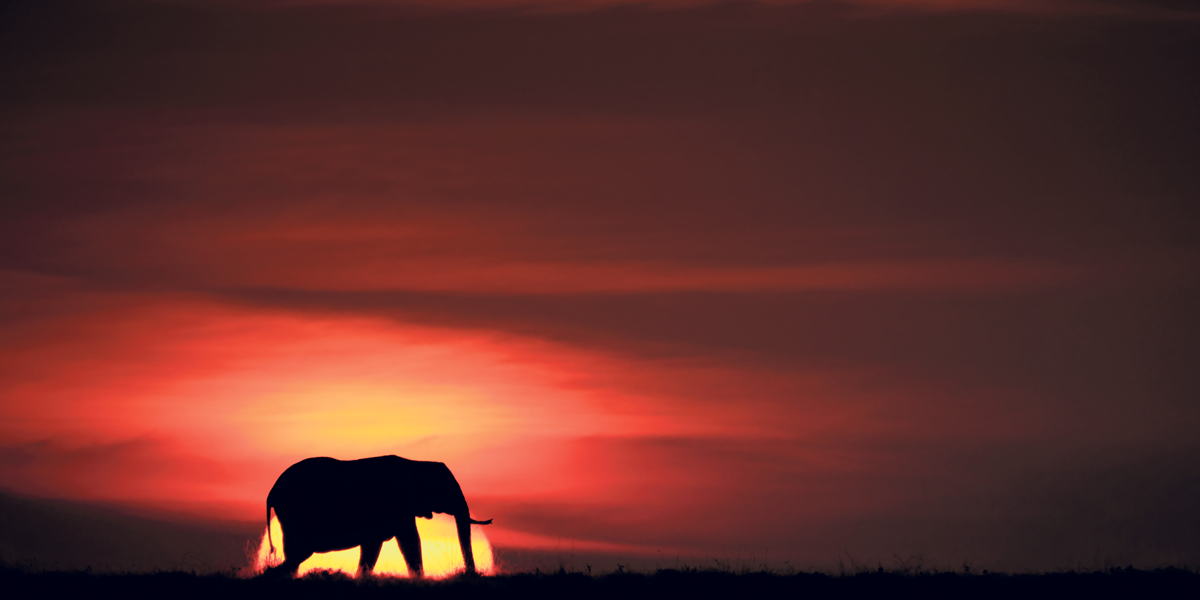
Fujifilm X-H2S: Wild at Heart
Posted on Nov 30, 2022
Wildlife photographer Alan Hewitt needs a camera that combines speed, versatility and portability. The Fujifilm X-H2S ticks all those boxes – and more!
Advertisement feature
Words Alan Hewitt (alanhewittphotography.co.uk)
For many working photographers, the passion for their chosen discipline often comes before the interest in a means to record it. That was certainly the case for Alan Hewitt, whose formative years were spent watching BBC wildlife documentaries, devouring anything that could teach him about the natural world around him. When the photography bug started to bite, though, he didn’t initially record the animals he’d spent so long watching. “I couldn’t afford big telephoto lenses, so I started with landscapes,” he tells PN. “But I got bored waiting for the right light and realised I was spending that time watching wildlife. I decided that I needed to photograph something I felt passionate about: animals.”
Hewitt started saving, eventually investing in a telephoto lens that would help him record the images he craved. Initially using photography as a release from a stressful job, he visited local wildlife centres to hone his craft, getting his first real break at a venue where they were so impressed with his work, he was invited to teach others. Now a full-time professional and Fujifilm X-Photographer, education remains an integral part of Hewitt’s work. Rather than solely plying his trade in his native north-east England, he travels to lead tours in Kenya, South Africa and – hopefully next year – Botswana.
A deep understanding of his subjects helps Hewitt lead tours, but it’s also a crucial part of his photographic approach to the genre, admitting that his bookshelves are populated with far more fieldcraft titles than those with a portfolio of amazing images. “I like wildlife portraiture and will always take that kind of photograph when the situation presents itself, but I prefer to photograph wildlife in a more contextual way,” he admits. “What fires my interest is behaviour. I’m always trying to learn a relationship between species – mutualism, parasitism, commensalism.”
When it comes to equipment, Hewitt has been through a transition that will be familiar to many. He started with DSLRs, but became disillusioned with an increasingly weighty camera bag. “I could see that mirrorless was going to take over, but wasn’t struck by the quality of EVFs at the time. I thought they were slow and not good enough for what I wanted,” he admits. “It wasn’t until I saw the X-T2 that I started to think differently.” Hewitt subsequently bought an X-T2, then added an X-H1 and XF100-400mm lens not long after – the pairing became his go-to. “I was blown away by the quality of the lens,” he says. “It was a lot sharper at 400mm than the equivalent lens on my DSLR.”
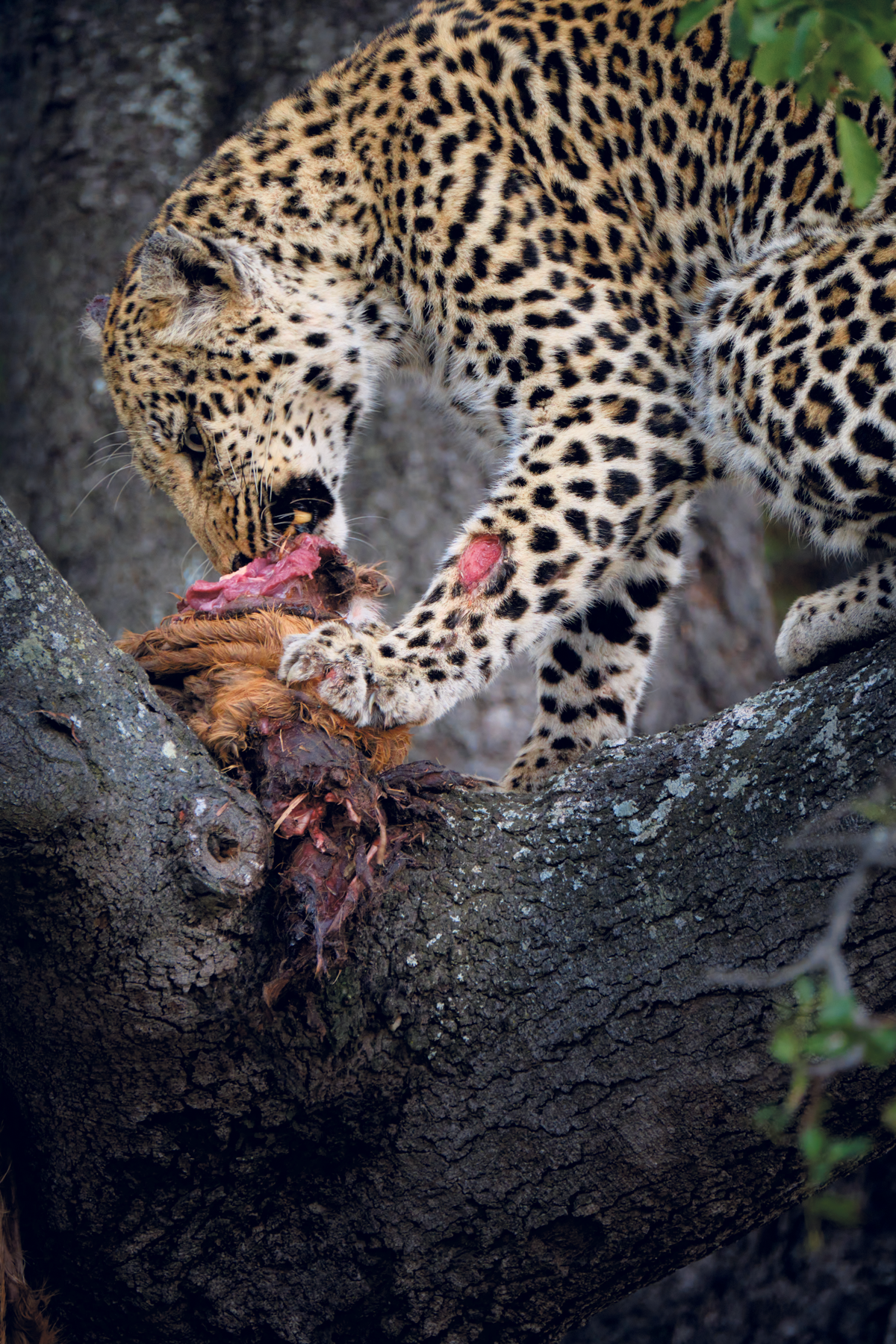
Despite ‘dabbling’ with X-T3 and X-T4 bodies, and seeing EVF improvements with each iteration, Hewitt stayed true to the X-H1, preferring its PASM dial set-up. But he’s had to stay patient for an updated X-H model to come along – now, of course, we’ve had two in a matter of months. On paper, the speed-focused X-H2S was right up Hewitt’s street, but has it been worth the wait? “It’s so much faster. Not only in terms of autofocus, but in fps, as well as general processing,” he beams. “The stacked sensor has made a big difference.”
One of the first features that Hewitt made a beeline for was the improved subject-detection autofocus system, which now works on animals and birds. “I was blown away the first time I used it,” he smiles. “I was photographing red squirrels and woodland birds from
a hide in Cumbria and the AF picked out the eyes so quickly, then tracked them as the subject moved around. Although not a new function, using the Pre-Shot feature with X-H2S’s subject-detection is a game changer. The camera employs the electronic shutter to silently prerecord frames before you take the photograph, but that’s often when the most dramatic action happens – when a bird takes off, for example.
“Not only is the AF faster, it’s also more consistent,” Hewitt continues. “Photographing a bird in flight with the X-H1, I’d get some images in focus, which was fine. But with the X-H2S, rather than getting a couple of sharp shots, I can get 15 or 16 from a single burst. That gives me a greater scope to pick the strongest image from a sequence.”

On top of the obvious AF benefits, Hewitt cites an obvious improvement in the EVF as central to why he’s got on so well with the new model. He agrees that it’s both faster and more responsive than the X-H1, but has other reasons to like it, too.
“When you’re working out in the field, maybe in really harsh or low light, it’s not ideal to review images and settings on the rear LCD,” he explains. “The contrast and saturation of the EVF is really good, plus I get instant feedback through the live histograms.”
 “With the X-H2S, I can get 15 or 16 sharp shots from a single burst. That gives me greater scope”
“With the X-H2S, I can get 15 or 16 sharp shots from a single burst. That gives me greater scope”
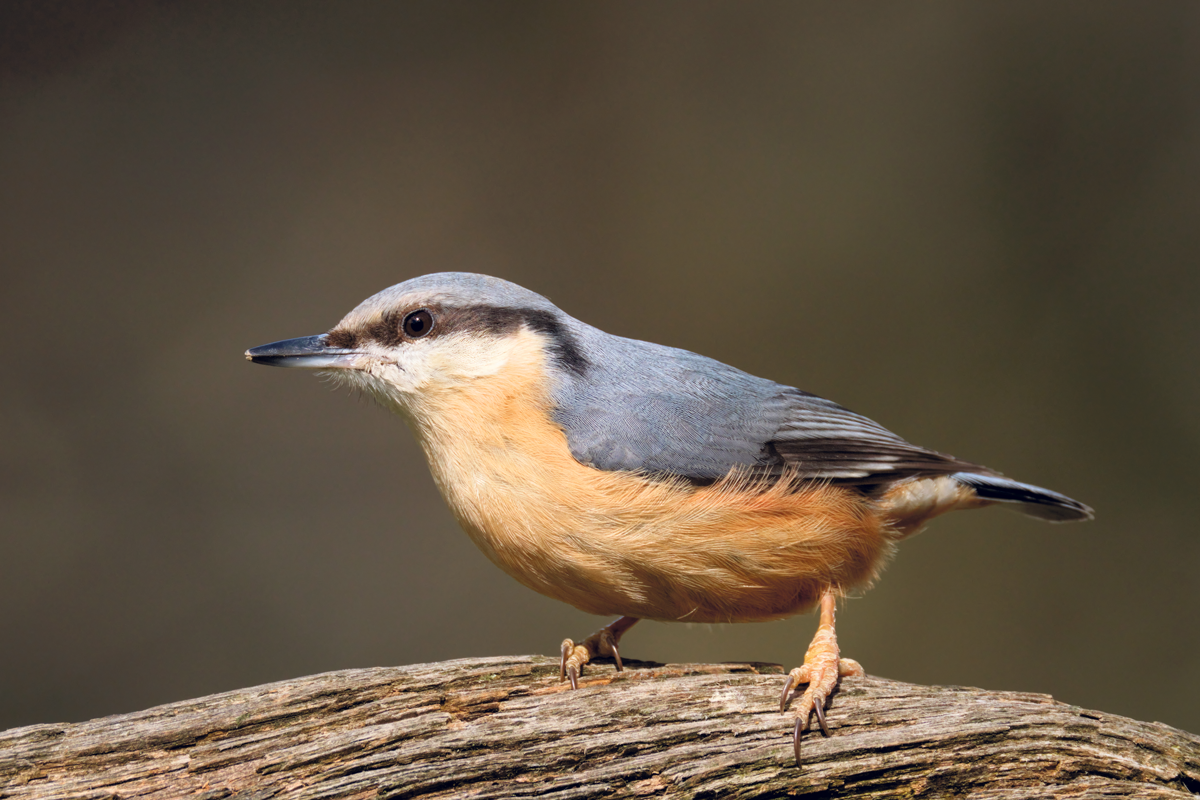
In tandem with the X-H2S, Hewitt has been using the XF150-60mmF5.6-8 R LM OIS WR, which seems to make the perfect pairing for a wildlife photographer. “It’s got a bit of criticism for being f/8 at 600mm, but the autofocus is really quick,” he admits. “It’s incredibly sharp at 600mm, even with a 1.4x converter. But it’s also affordable – it helps people to get out, enjoy wildlife photography and achieve great results. If that means we need higher ISO for the best results, that’s fine. Cameras are much better at higher ISO now.”
Whatever the ISO, it seems Hewitt is certainly sold on the X-H2S – and the Fujifilm X Series as a whole. “I love the system,” he exclaims. “I like to experiment with the Film Simulations and see how they change the mood of a photograph, but also like the mobility the system gives me. I can move around so much more than I could with a DSLR and that shows in my work.”
Article originally featured in Issue 102 of Photography News.
Don’t forget to sign up to receive our newsletter below, and get notified about the new issue, exclusive offers and competitions.
Have you heard The Photography News Podcast? Tune in for news, techniques, advice and much more! Click here to listen for free.

